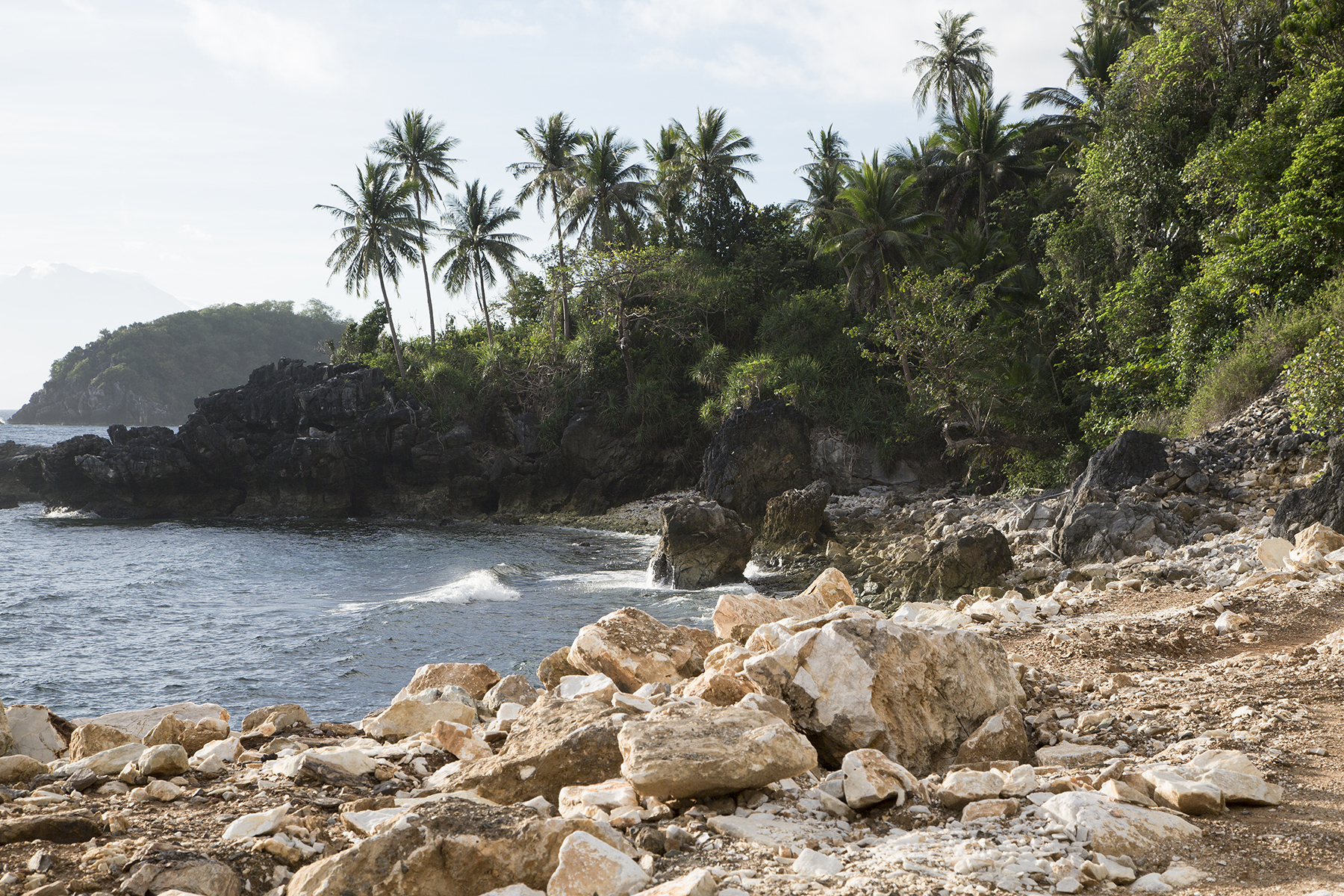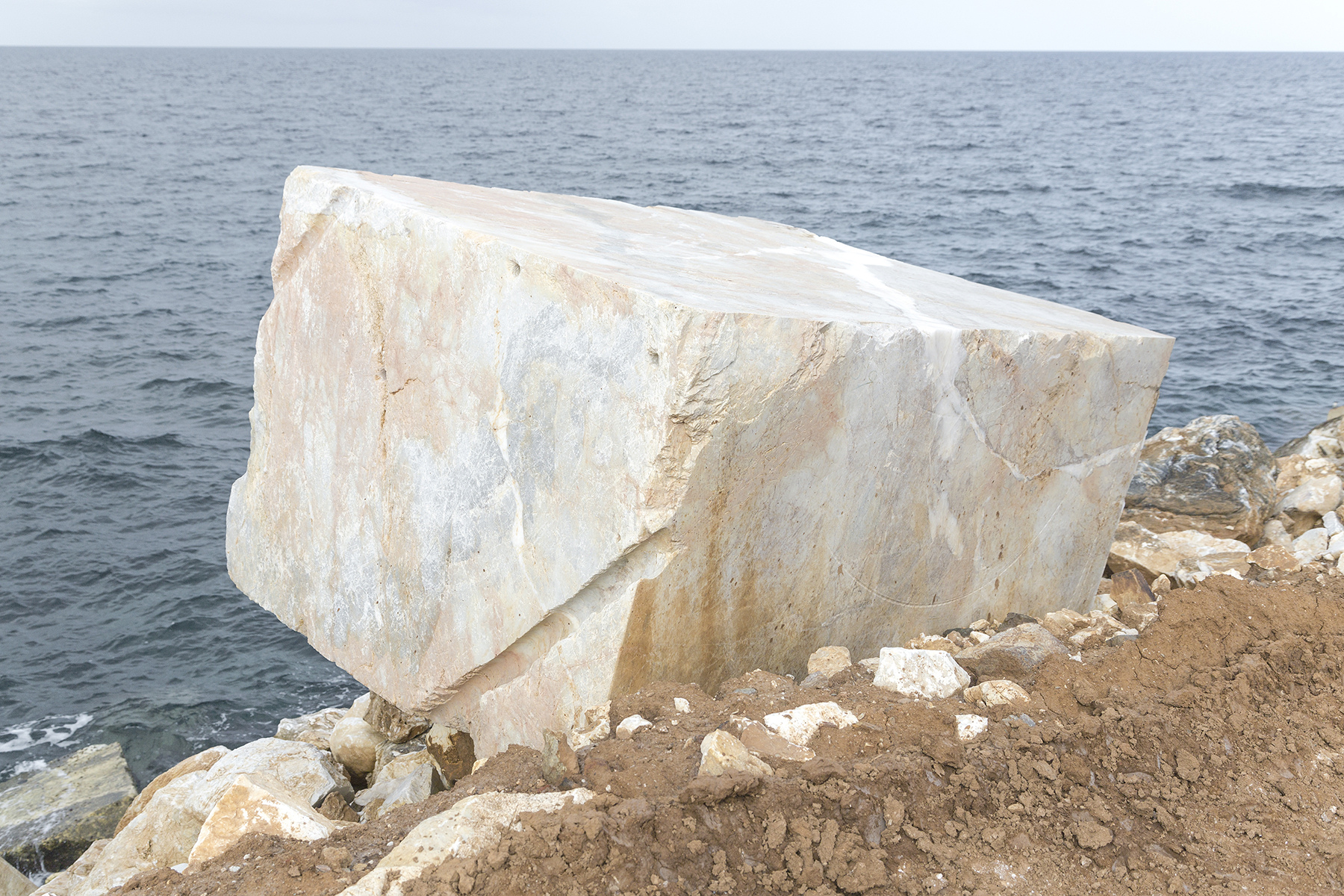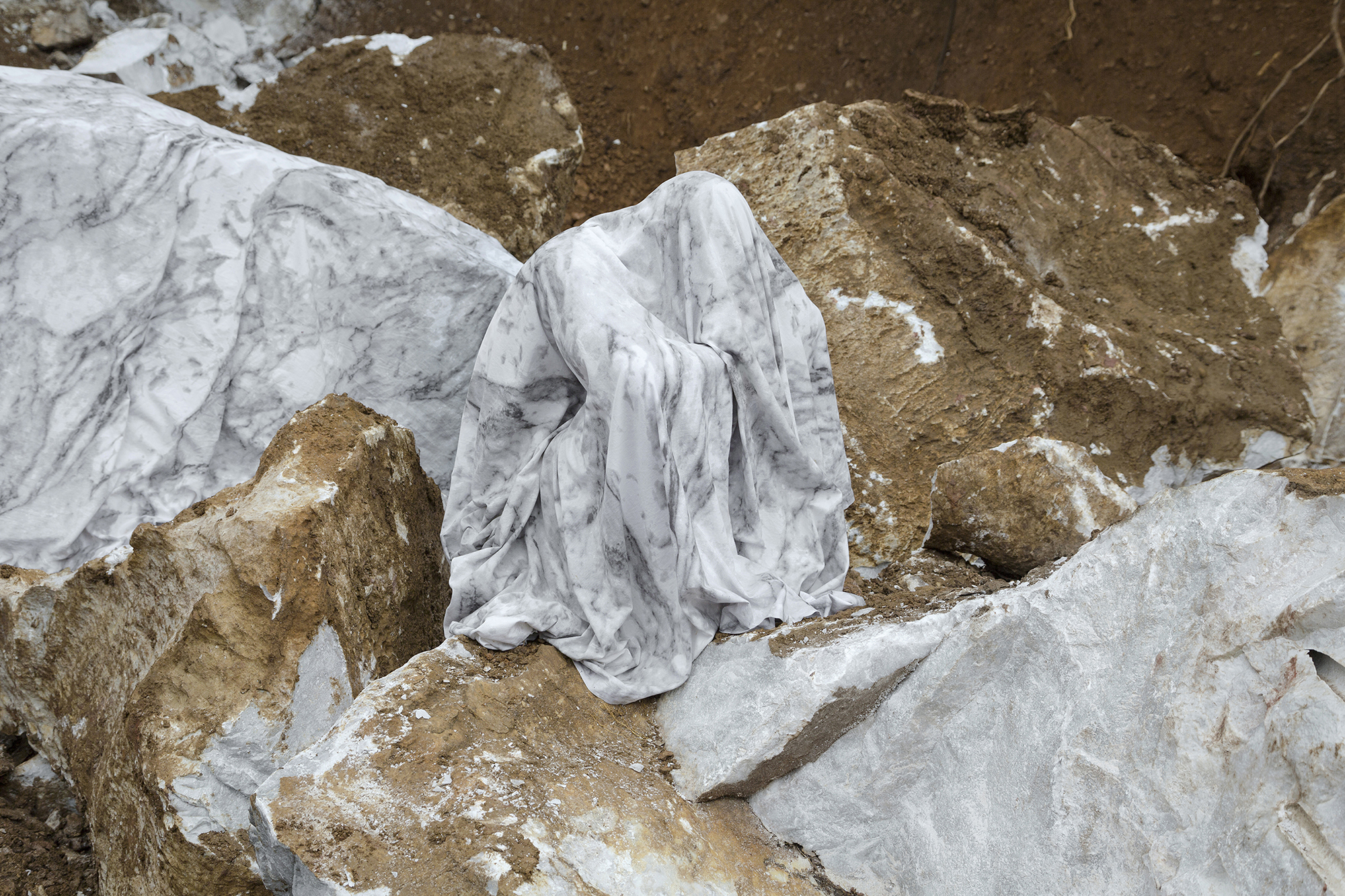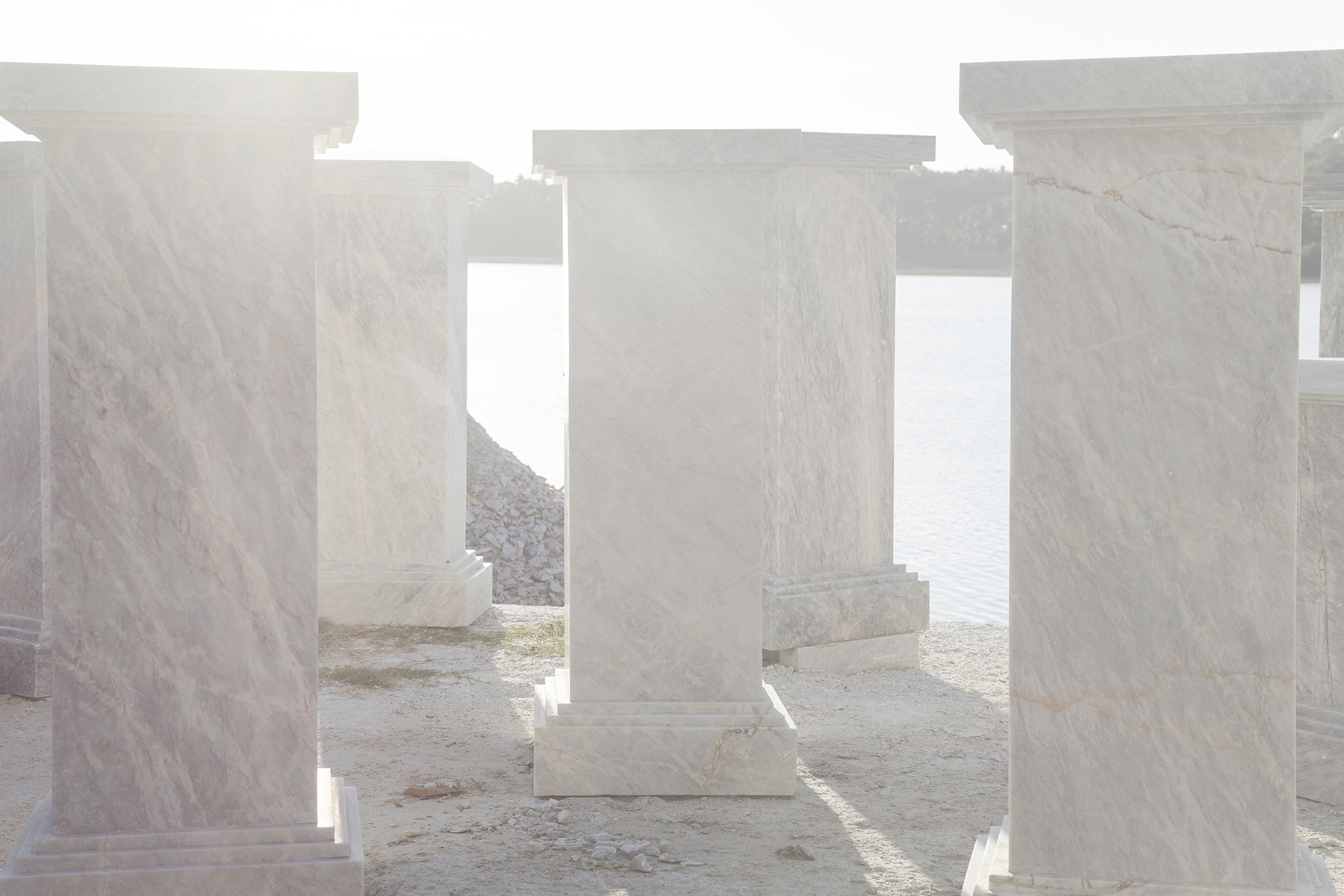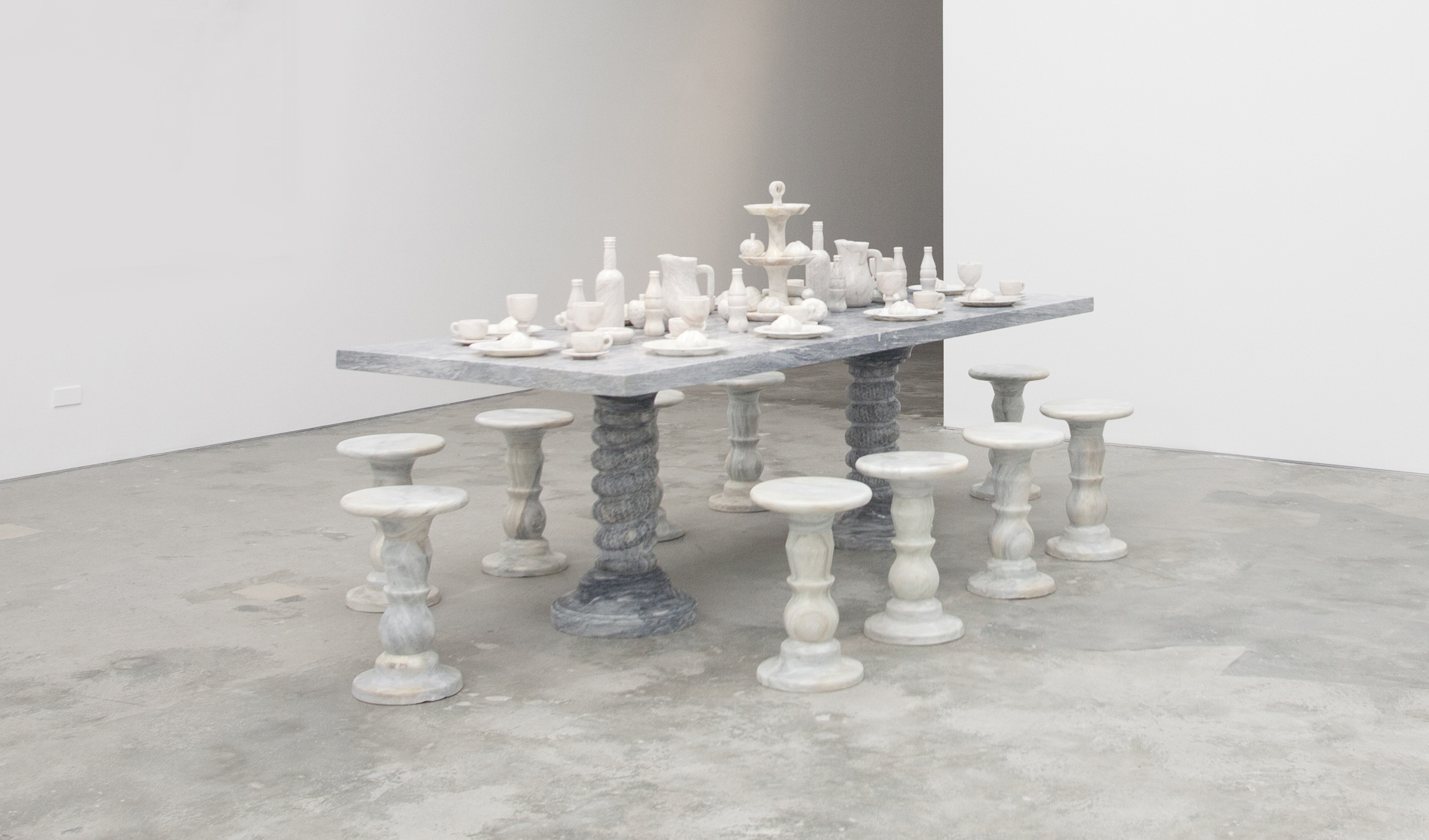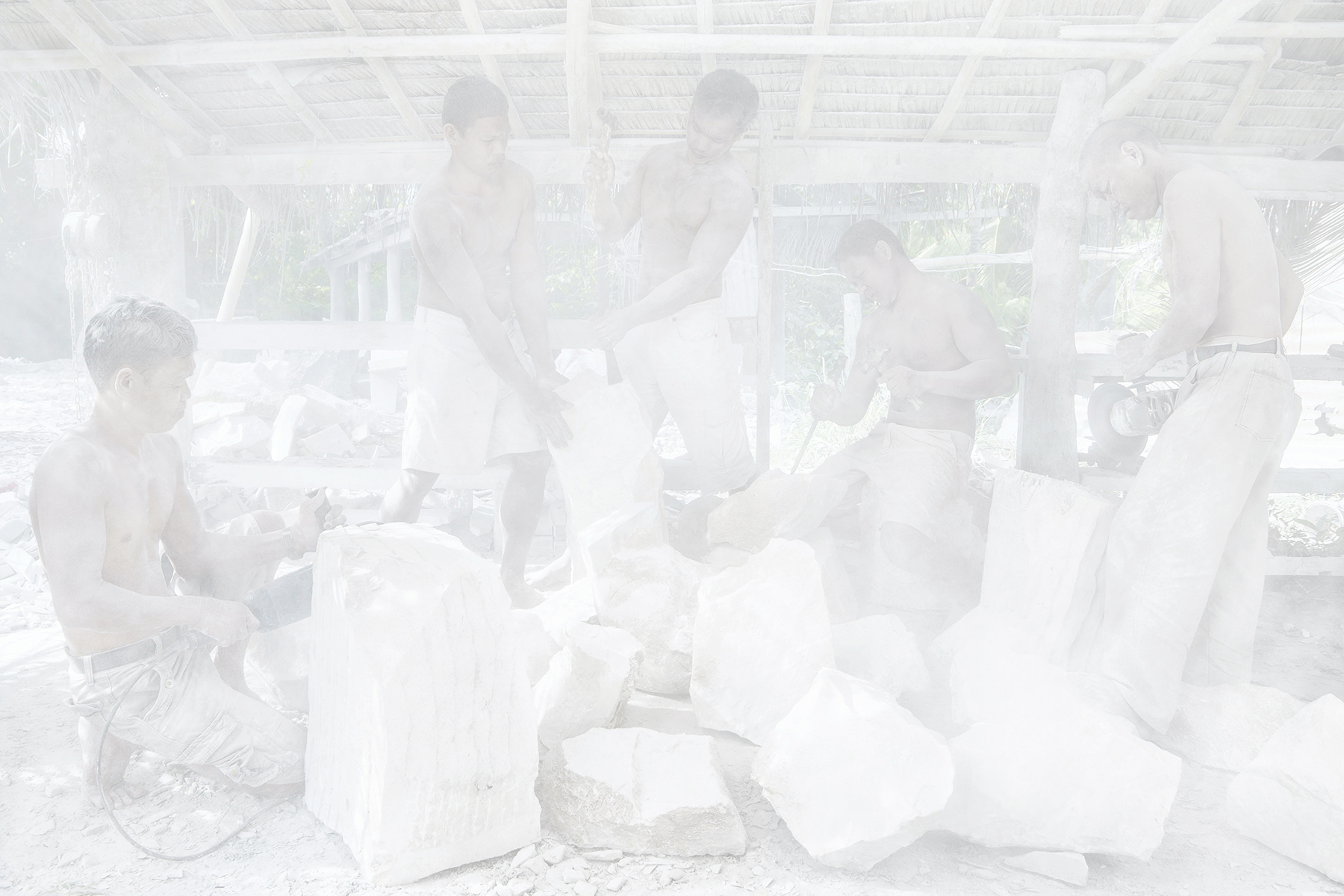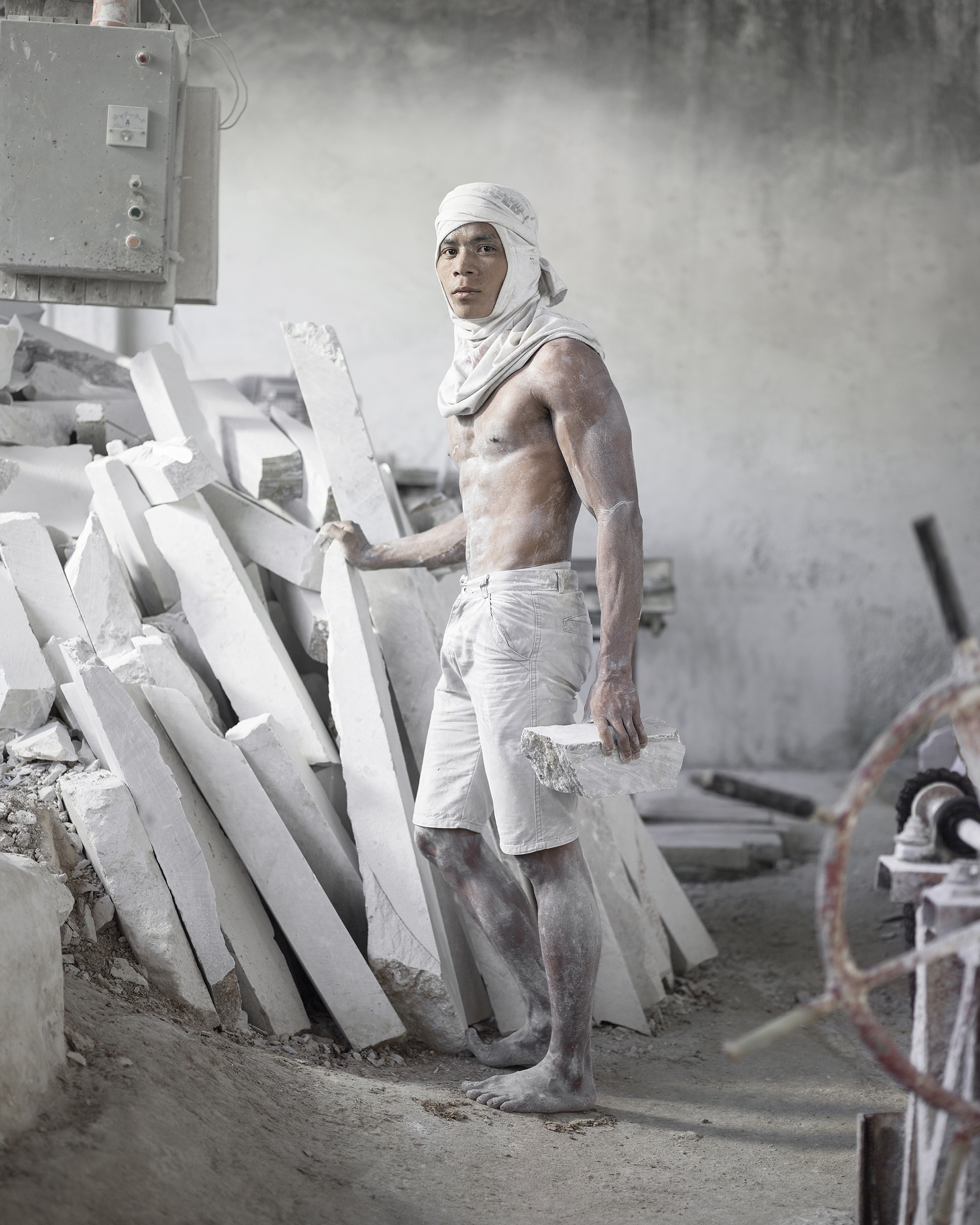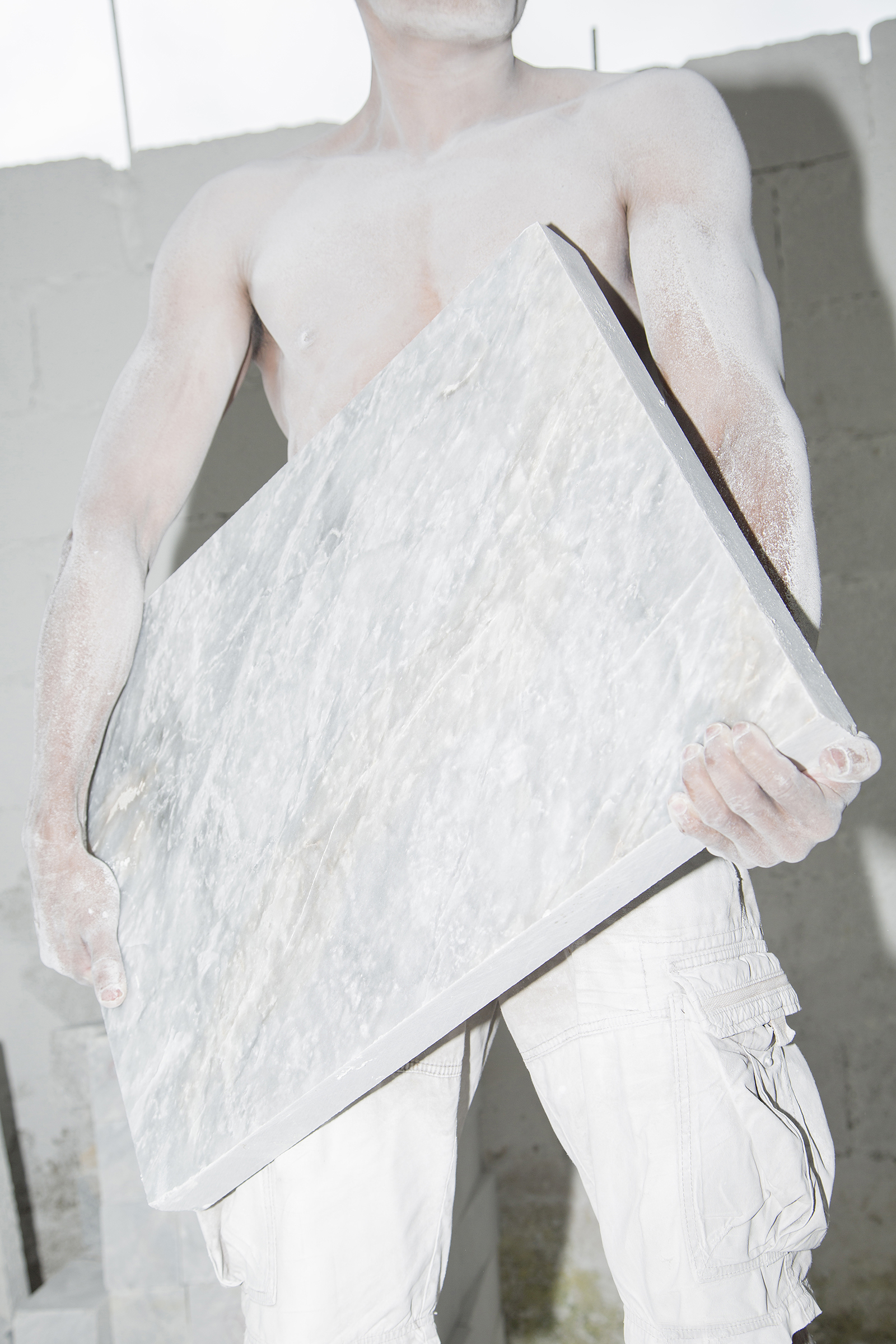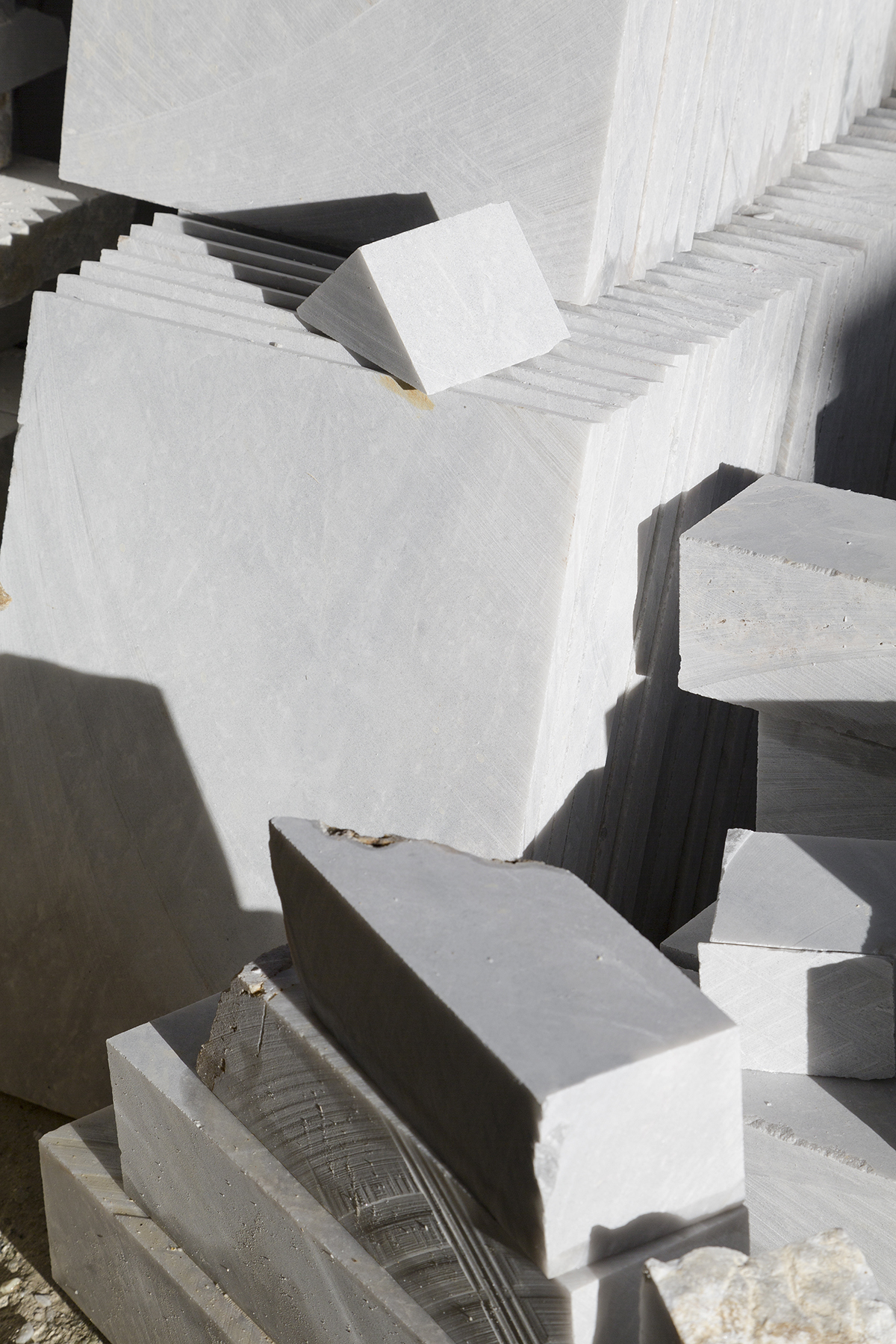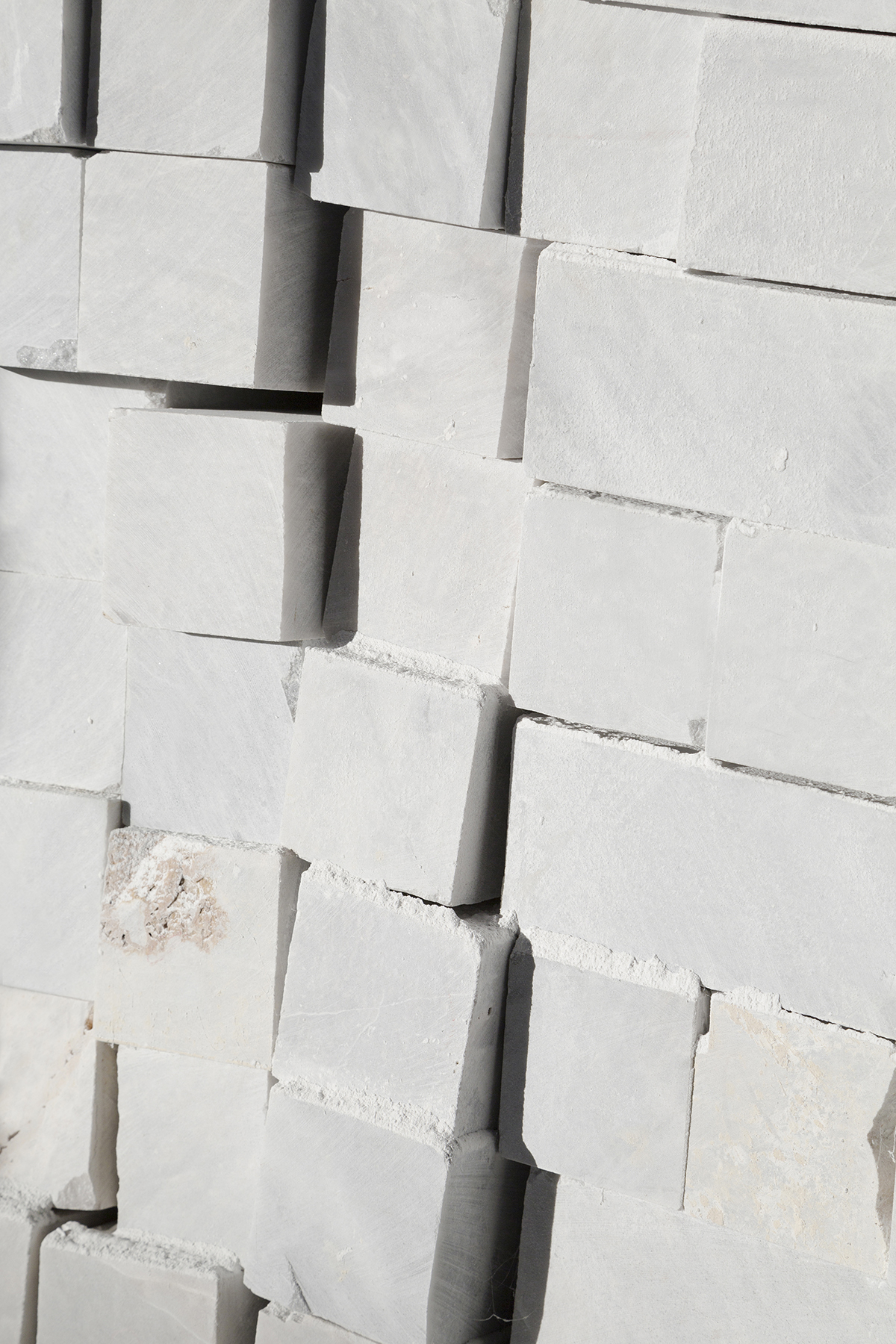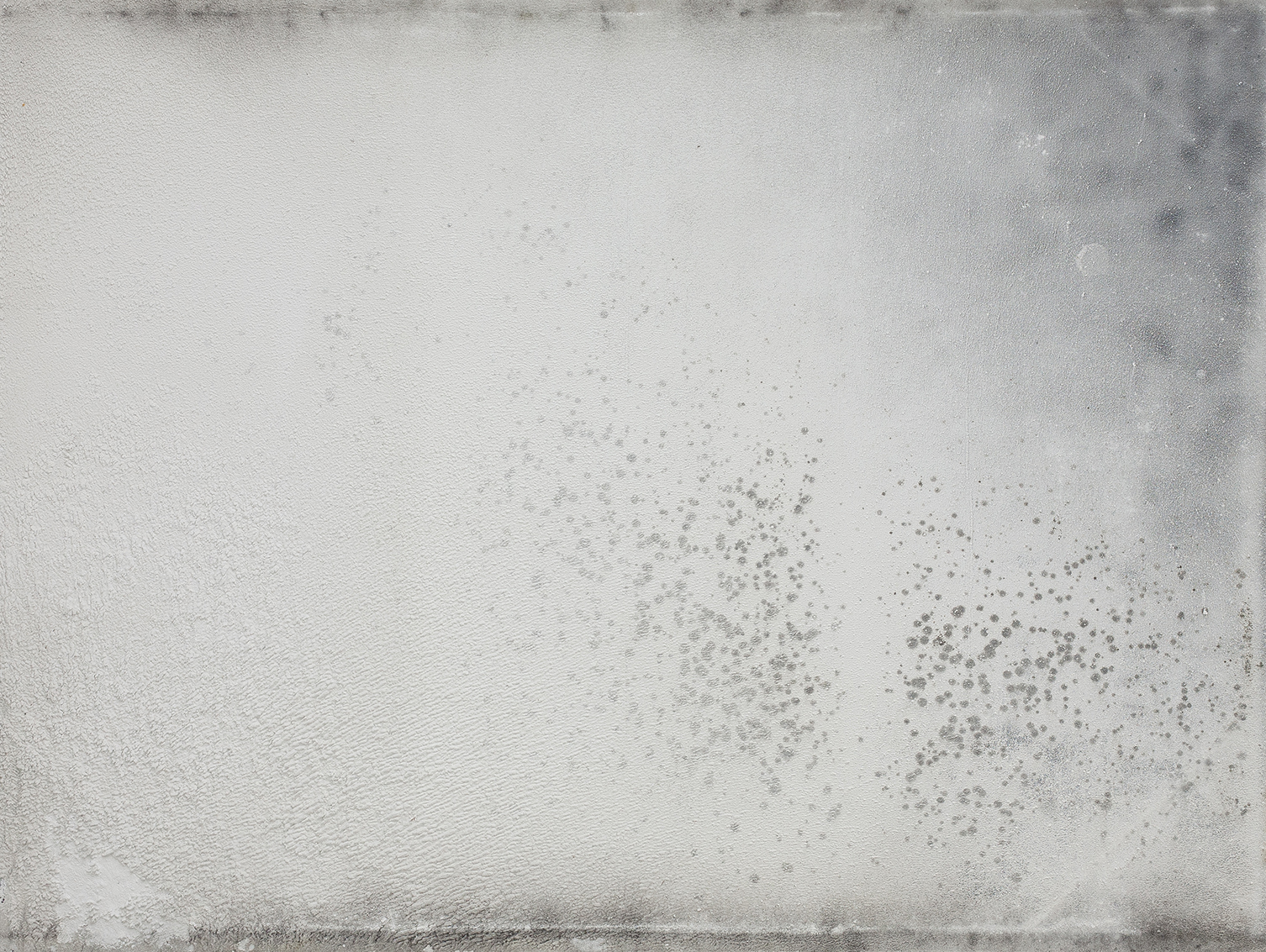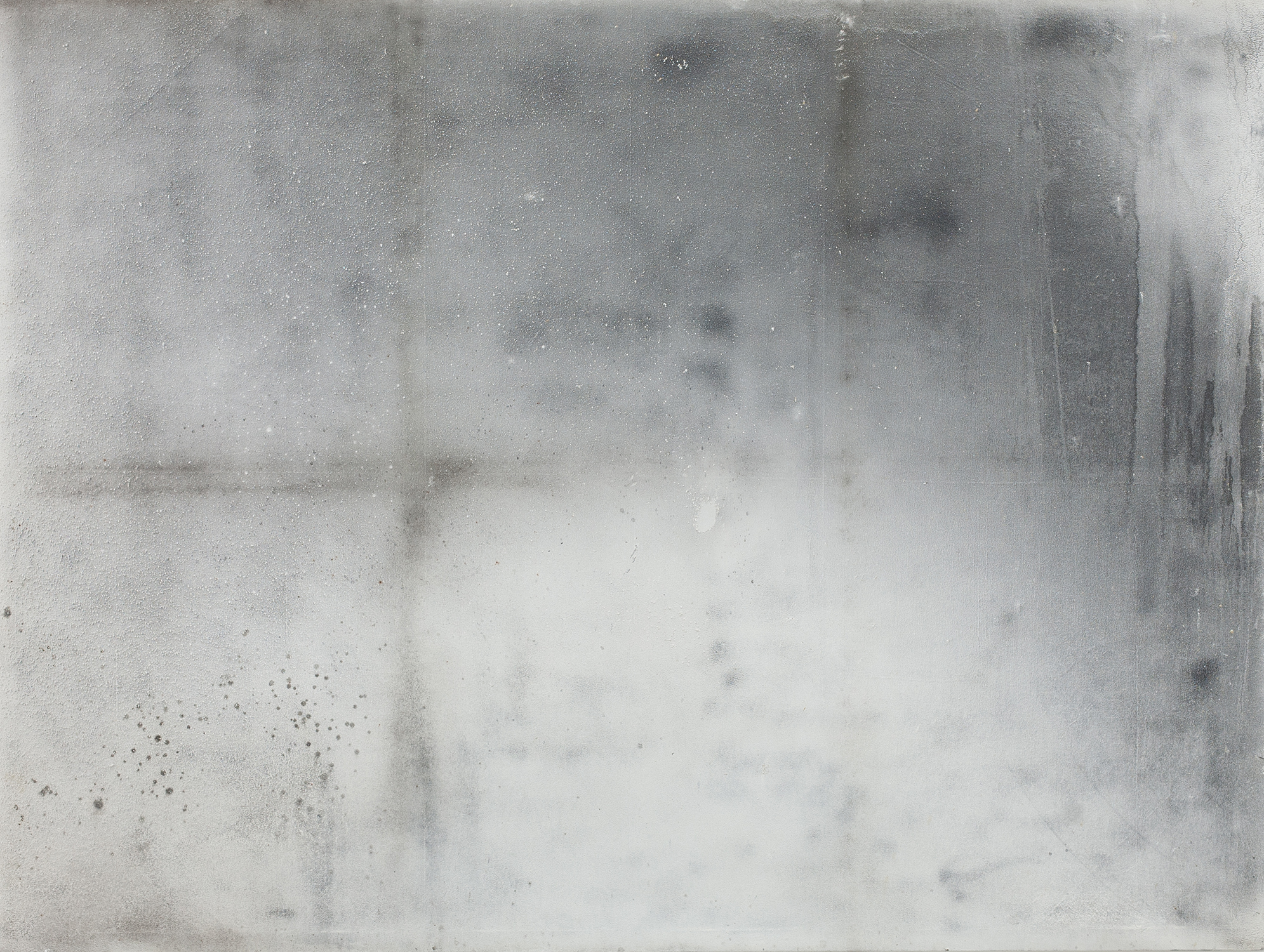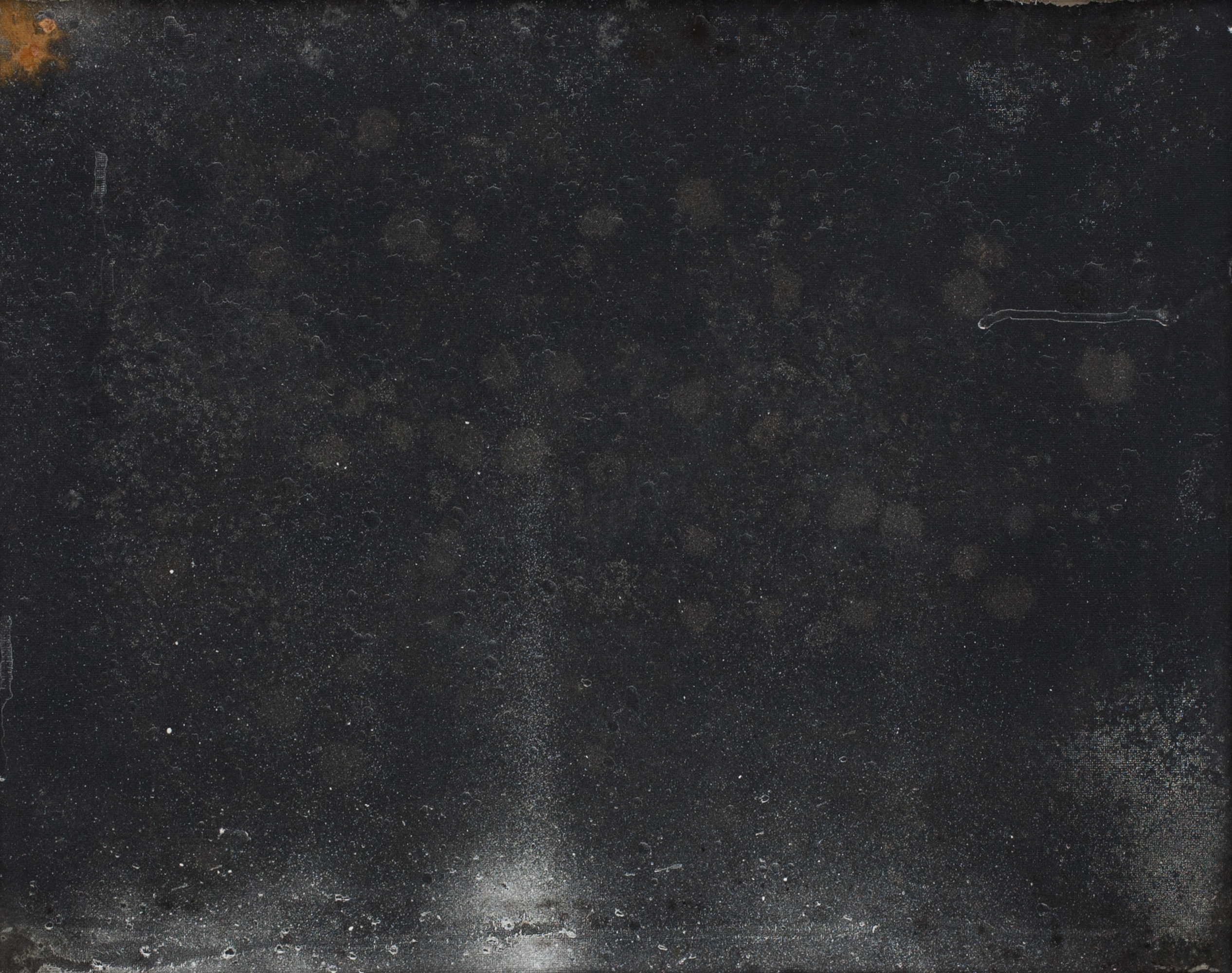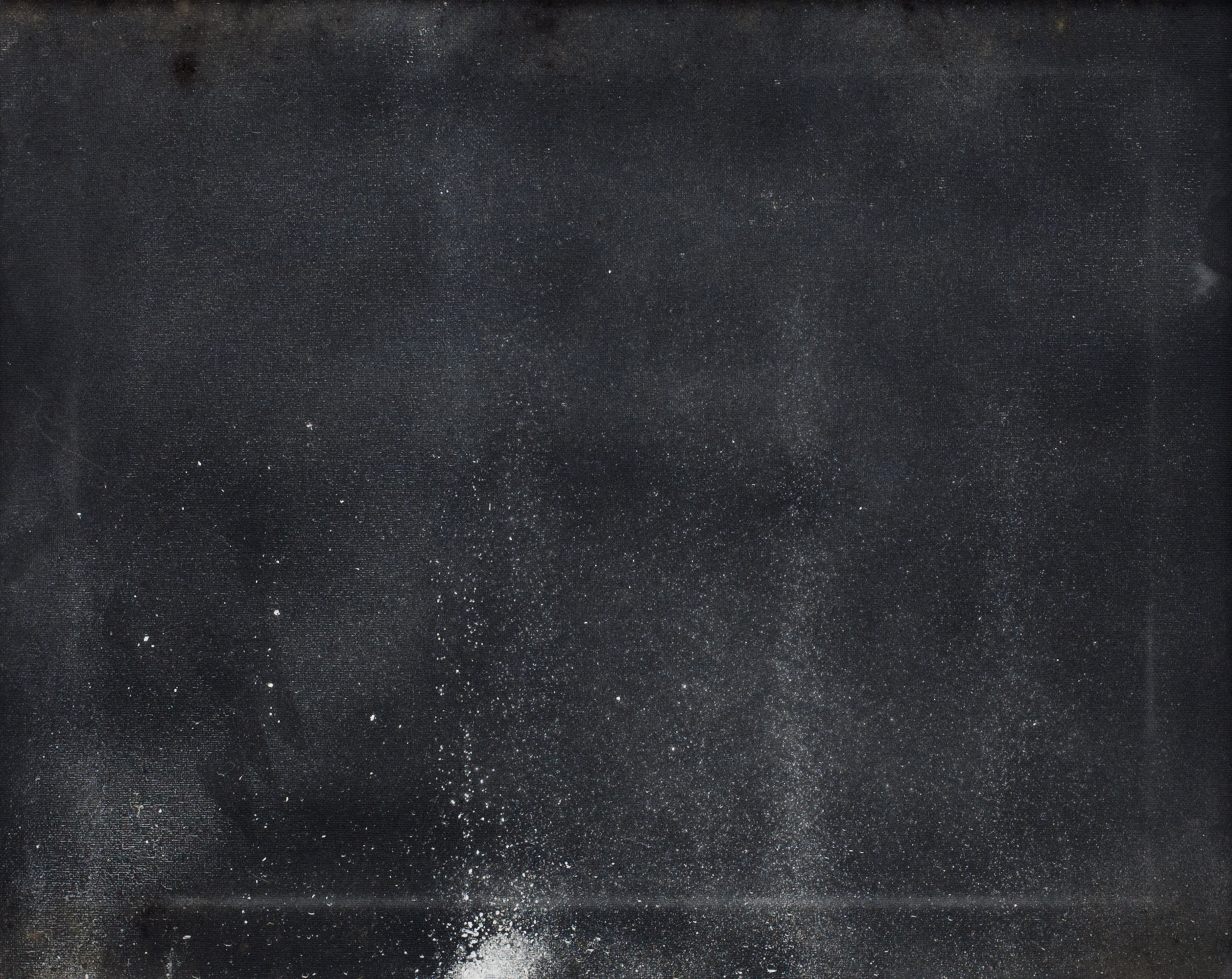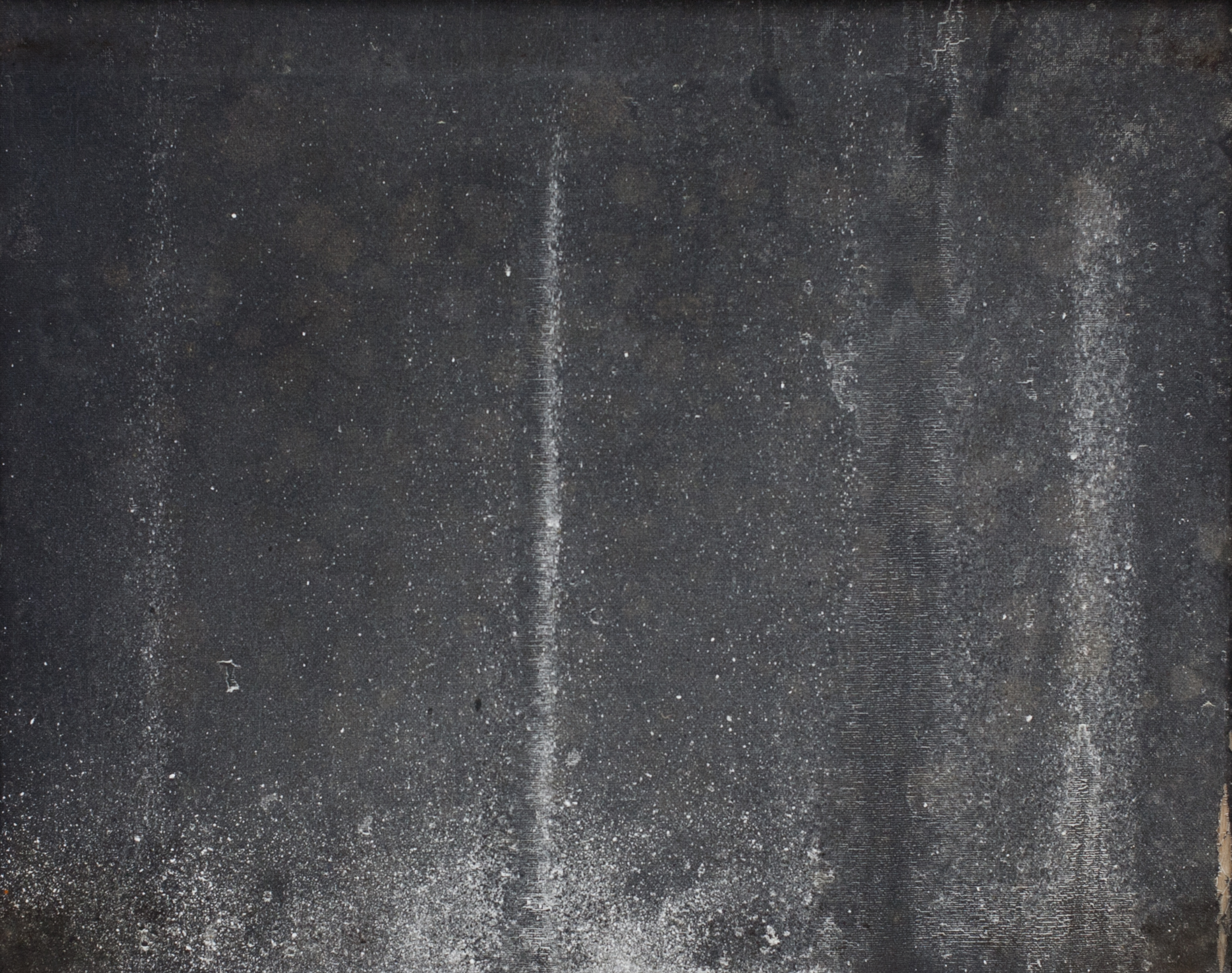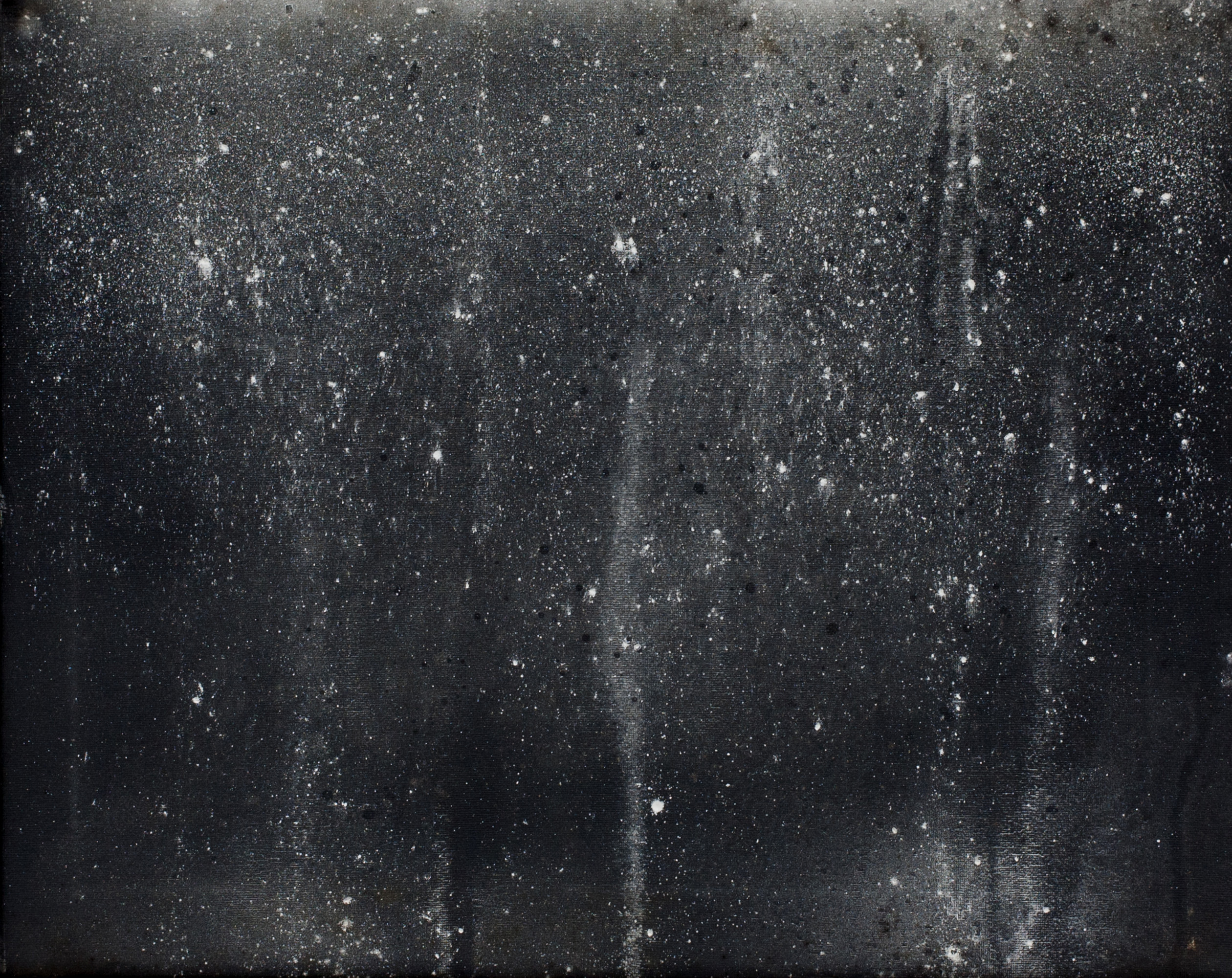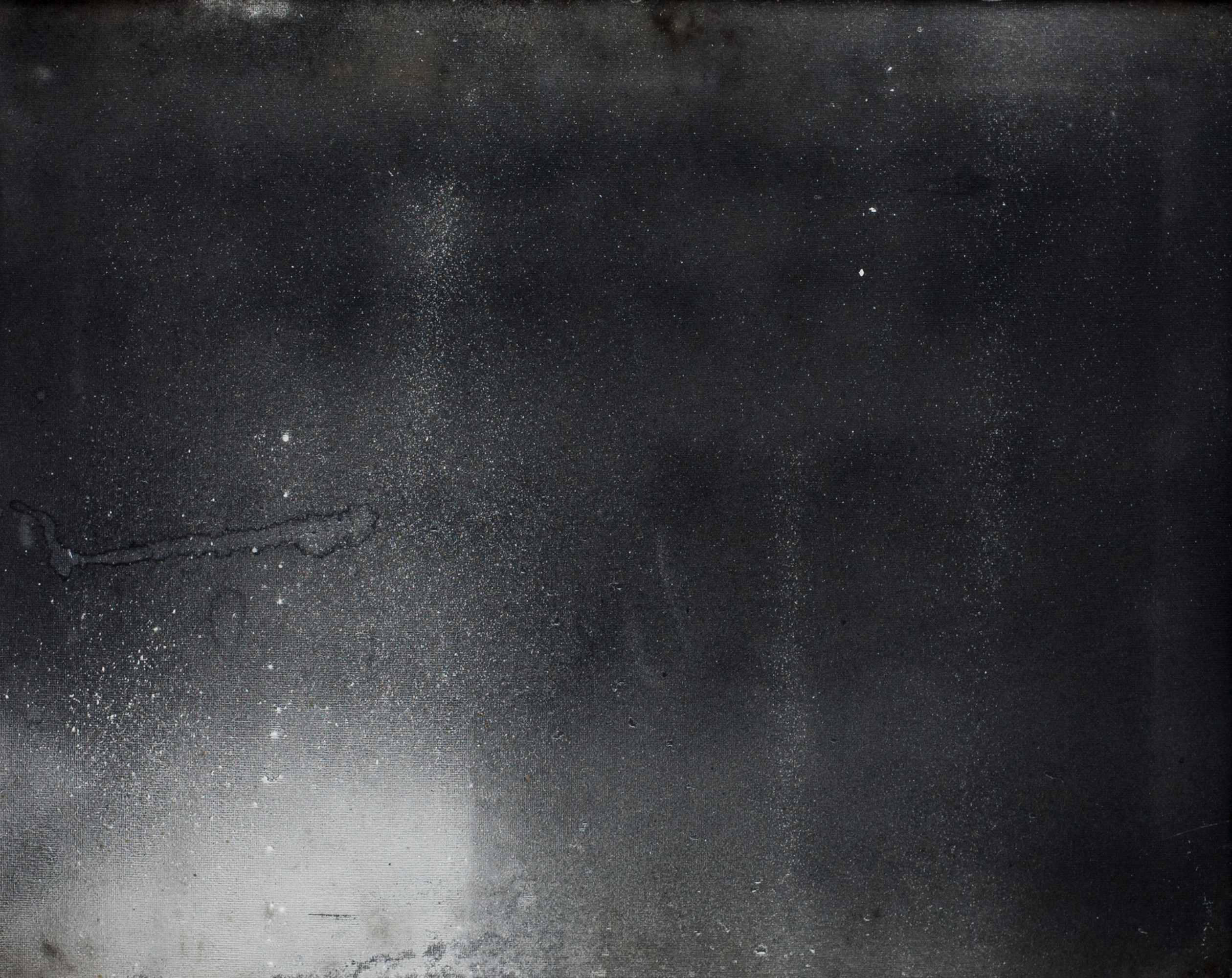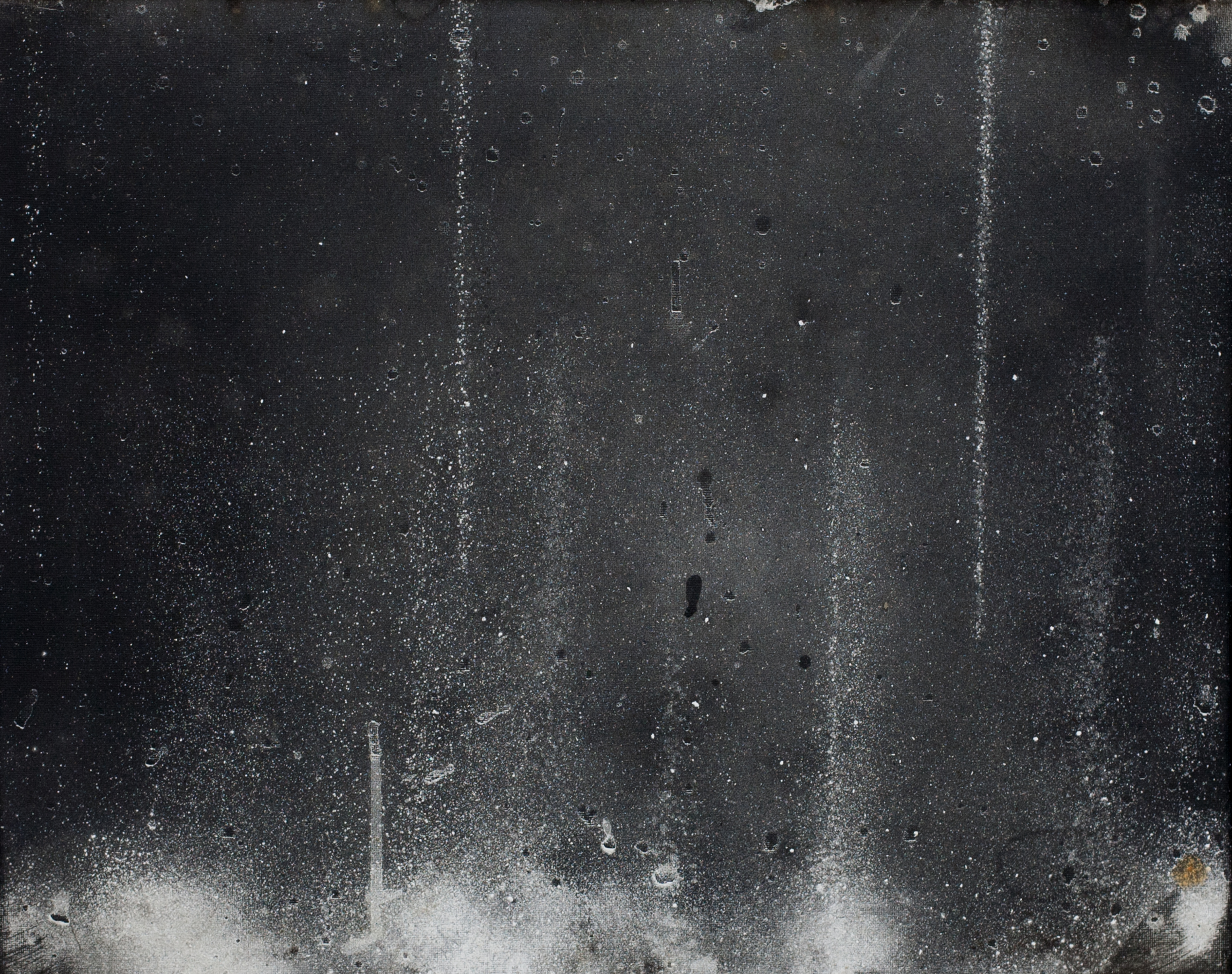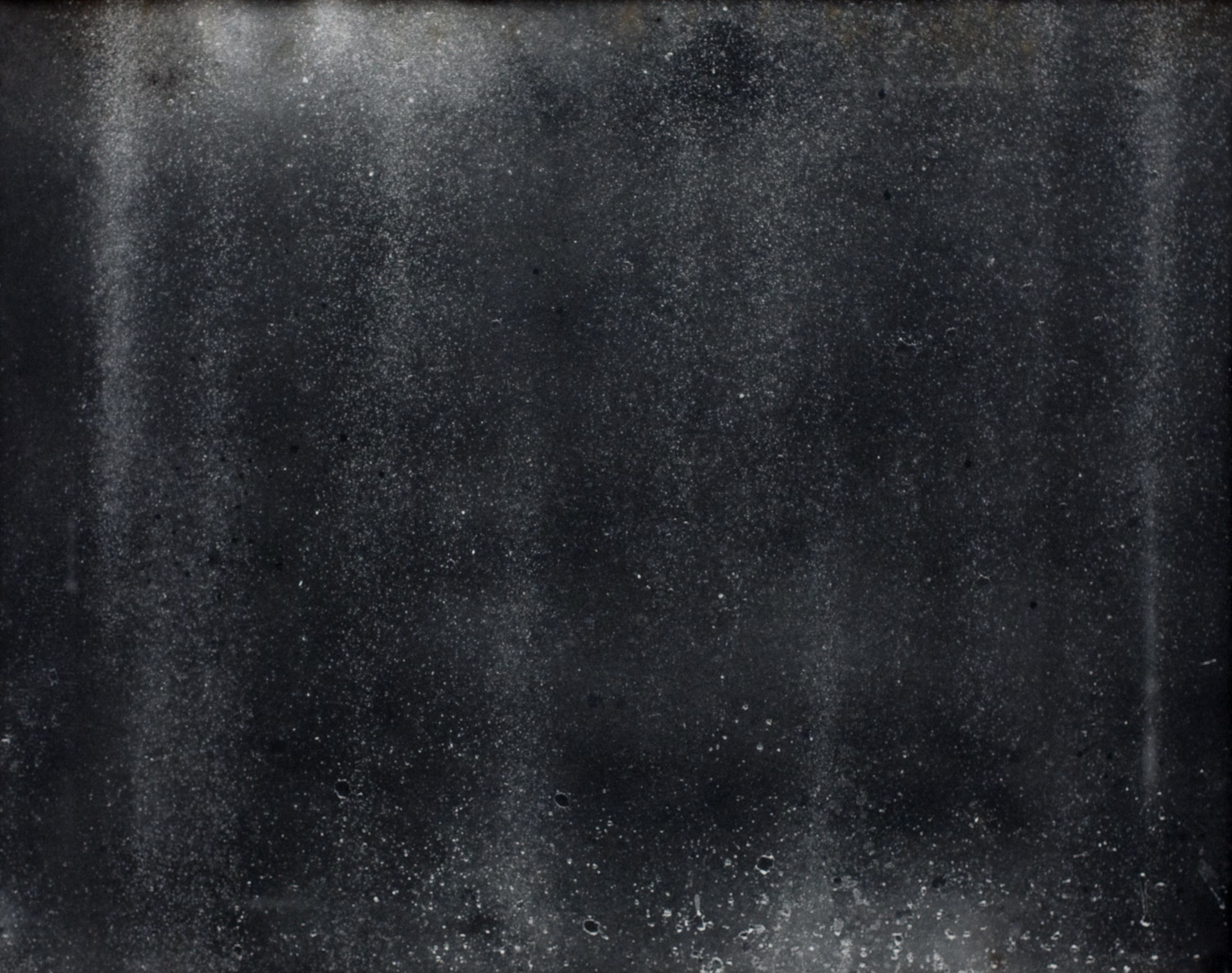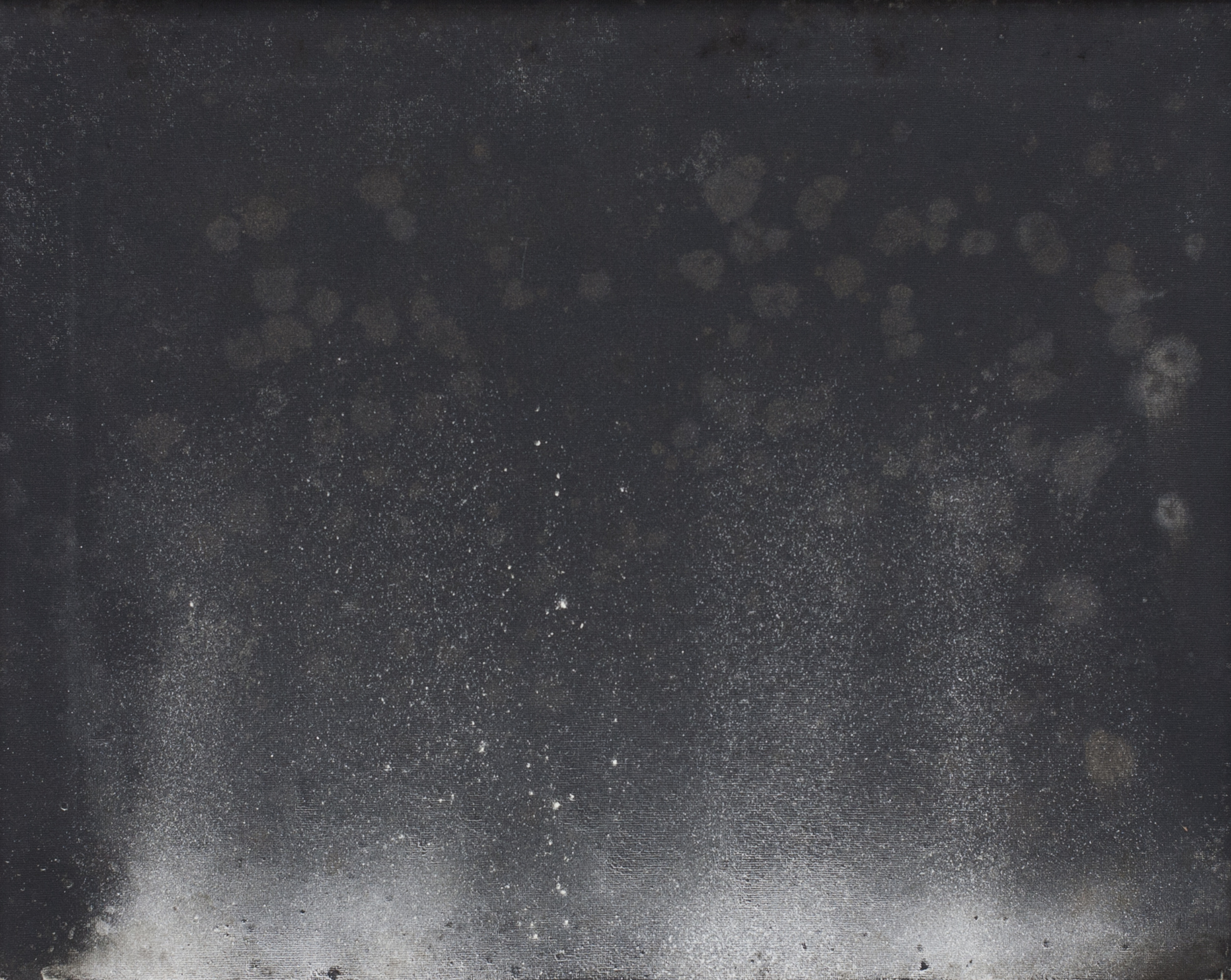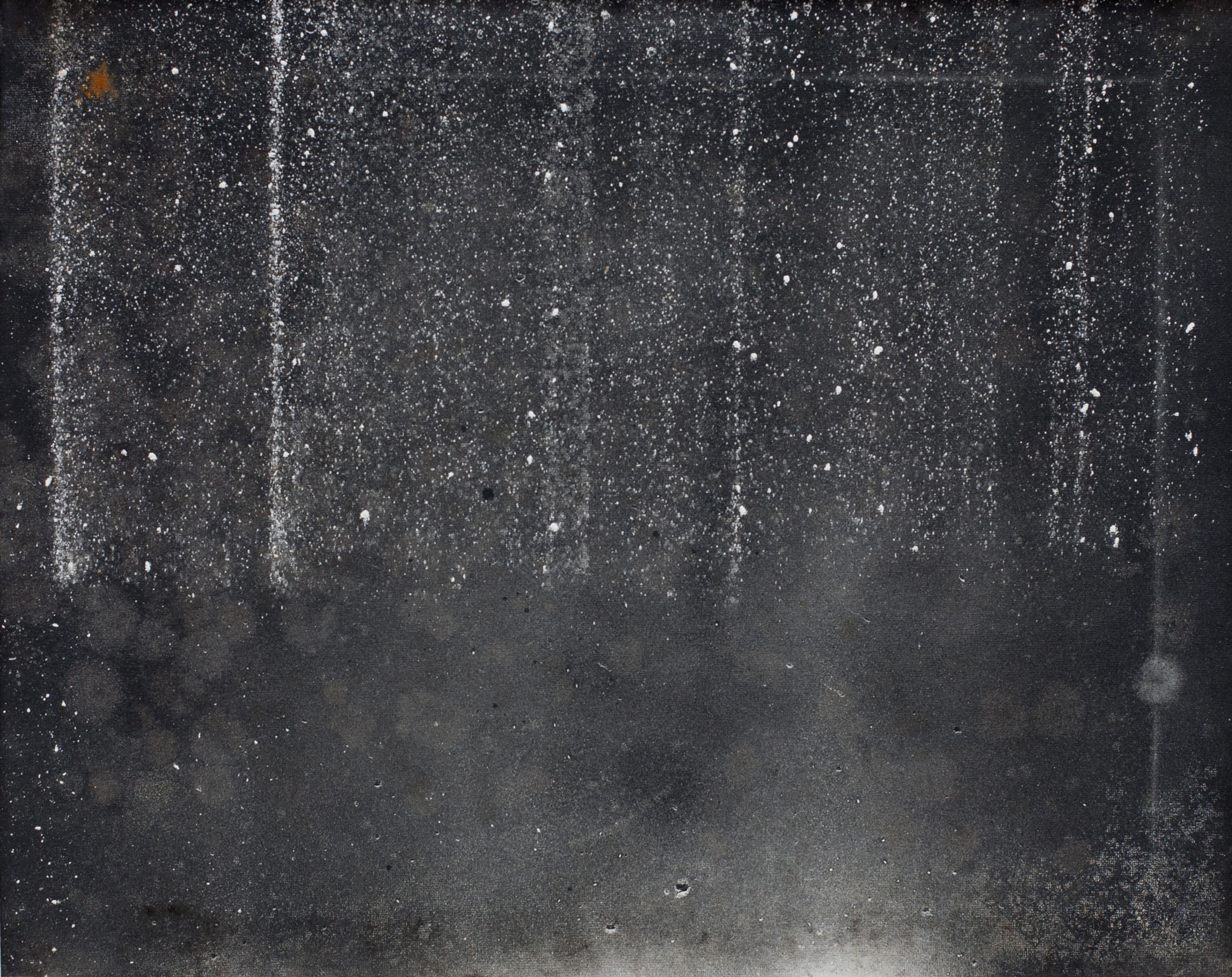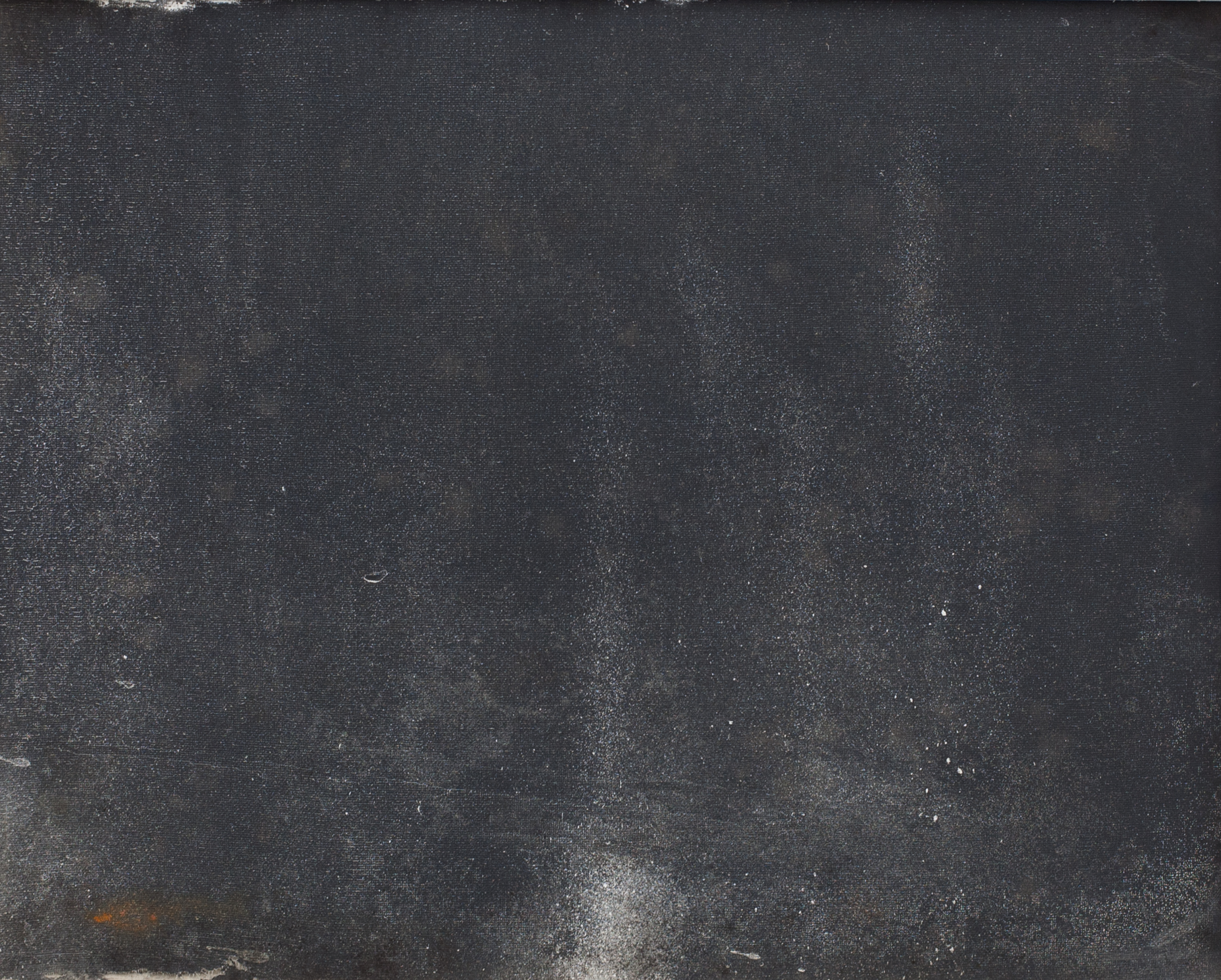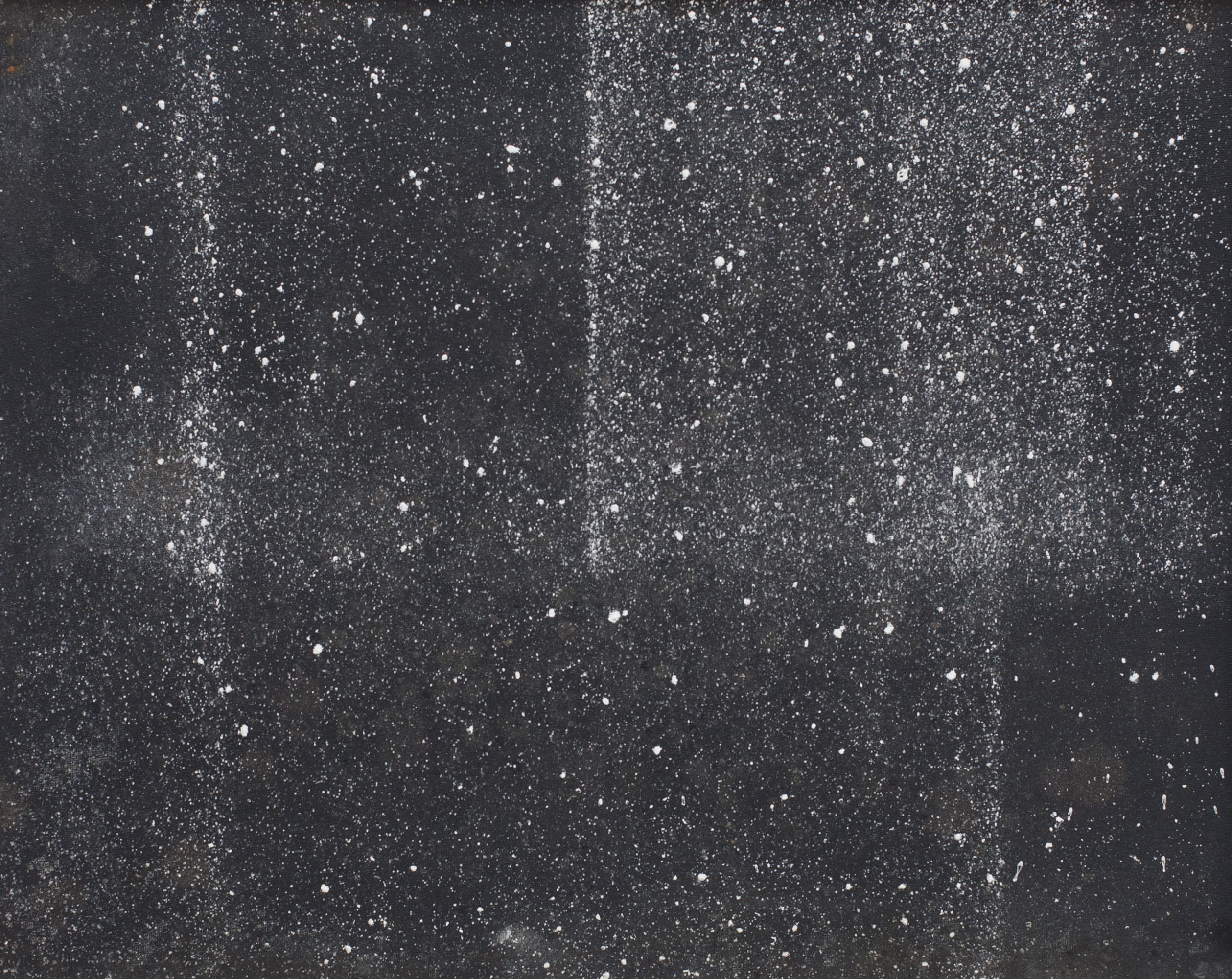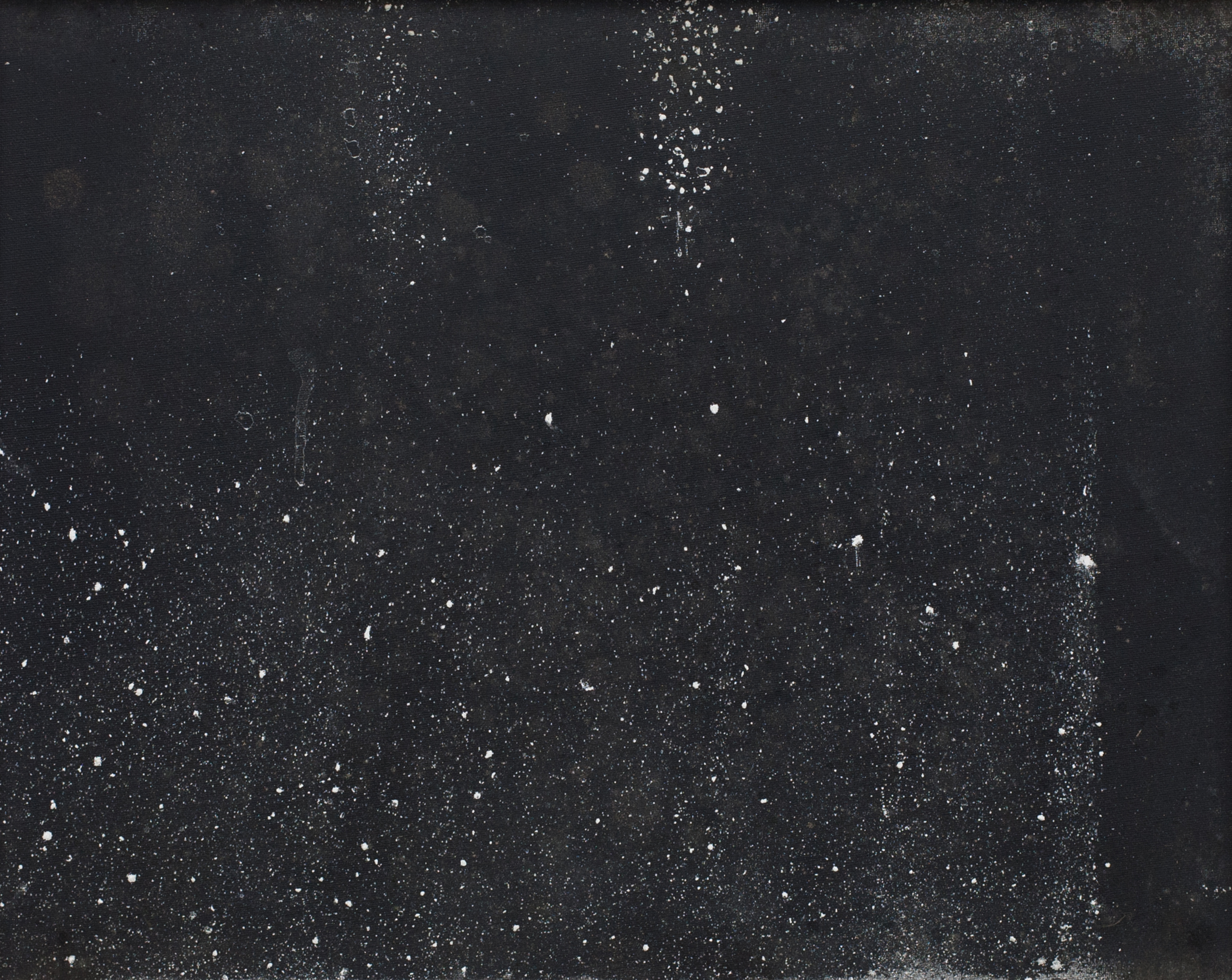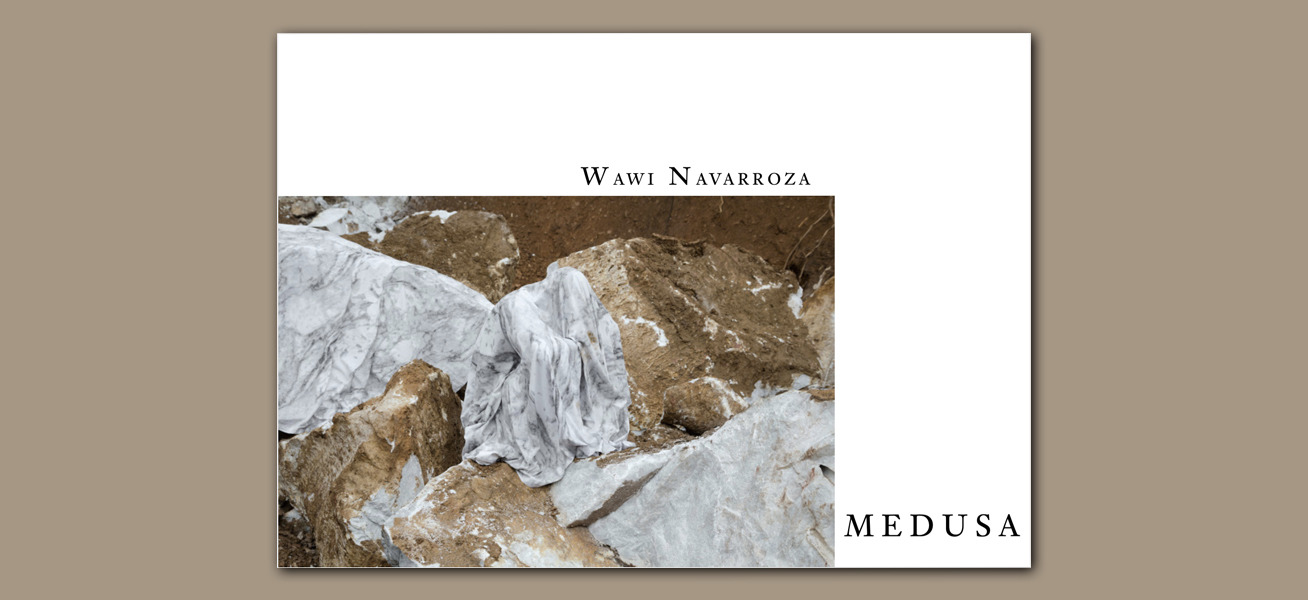
MEDUSA
Wawi Navarroza
Silverlens, Manila
Installation Views
About
Introduction
An obsessive curiosity with medium and material, often extracted from a philosophical preoccupation with portraiture, land and landscape drive the work of Wawi Navarroza. Constantly shifting her interests between the minute and the monumental, she presents various dualities in her photo and installation based works to understand both her own, and humanity’s relationship to place and time. Frequently referencing the discourse of photography in relation to the gaze and debates between expression and documentation, she also aims to open up new ways of thinking about her chosen medium. Such a range of interests serves to create purposeful tensions between her various poetries and intellectual inquiries. Medusa continues these trajectories as most recently seen in her previous solo exhibitions Tierra Salvaje (2014) and ULTRAMAR, PART II: Hunt & Gather, Terraria (2013) but instead of dirt drawings and plant filled terrariums she looks to stone, and in particular marble, to discuss ideas of landscape, myth and material via the island of Romblon in the Philippines.
The Medusa gaze
Being a natural seeker/traveller who is influenced by the works of American scholar Joseph Campbell on myth and the hero's journey; the Medusa legend, of the snake haired Gorgon whose monstrous gaze turned her victims into stone, was a seductive thread to conceptually weave through the exhibition. She has been depicted throughout art history as the beast vanquished by the hero Perseus who cuts off her head, using his reflective shield to avert her petrifying stare. However, here, Medusa's presence is felt by her striking absence. It is her gaze, defeated by the use of a mirror, which haunts the exhibition instead. This leads to various questions about photography itself, such as whose perspective are we viewing the works from and who is looking at who: the artist, the camera, the subject, or the viewer? What is fact and fiction amongst this constellation of detached images, expressive 'paintings' and curious installation? This intrinsic doubleness forms the bedrock of the show and aims to open up a multitude of readings around medium, narrative building and philosophy. As for Medusa, her memory is in the stone itself, becoming both material and muse for Navarroza's research.
Marble: from land to sculpture to dust
Marble is a metamorphic rock commonly used in sculpture and building. Art historically this dates back to ancient Greece and Rome where representations of gods, goddesses and exceptional men and women were carved for the elite and middle class. Marble is therefore a symbol of time and timelessness, a host for old stories that immortalize the powerful and important. However, its origins are far more profound, because marble comes from the land, as part of the mountains that have been silently shaping themselves for eternity. It is this cycle that the artist is drawn to, the shifting states from land to material and finally, to dust. The macro to the micro, the grand to the ephemeral. Throughout Medusa we see this unfold whether through images of natural marble deposits, classical mise en scene of men at work, to the final objects they have been producing. However although the dominant image is of labor, masculinity and hard stone, ideas of lightness and immateriality are just as important to consider. The symbolic use of dust in Medusa originates from a personal experience of material ruin, which required stoic reflection on the part of Navarroza. Rising from the ashes of this loss, the dust that we see filling the space and settling on the skin of the workers in The Ballad of the Marble Men, or in her monumental dust painting Collecting Dust represent the passing of time, and the ability of marble to be broken down into delicate particles through the process of creation and renewal, like life itself.
Romblon and a tropical reimagining
However, although the dominant narrative of marble is based in the West, it is found all over the world, and has been used extensively in Asia. So Navarroza purposefully locates her subject matter in the Philippines through a contemporary tropical gaze (artist, subject, audience) to reimagine the geographies of art history and myth. Our hero Perseus can now be found working in a marble workshop, confidently gazing out at the viewer. Rather than Greece, he is born and raised in Romblon the capital of the Philippine marble industry, where Navarroza travelled back and forth for two years to research the extraction of marble for manufacture and observe those who live and work in the trade. And so our hero's journey begins with a generic coastal image called Island, which is the starting point of the exhibition. It is also why Navarroza includes the installation A Feast in the Forest made up of an actual marble table filled with the wares of Romblon, a mythical meal purposefully made in the Philippines by the hands of local men. However despite this tropical lens, Medusa is not a documentary of place but a carefully staged reimagining of landscape that shifts in between the real and abstract.
The exhibition, from reality to abstraction
Although Wawi Navarroza is known as a fine art photographer, she also uses abstraction in the form of installation and two dimensional 'paintings' or 'drawings' to interrupt the representational nature of photography. The hard edges and formal geometries of men and marble are challenged by her monumental durational dust painting Collecting Dust- where two primed canvases were left in a marble workshop for four to five months to randomly collect dust emitted during the labor process. With varying surface thickness, the final, incredibly heavy diptych appears almost celestial due to the random rhythms of settling particles. In 12 Heads she actually intervenes in the works’ production, manipulating smaller canvases in front of the circular saw that cuts the marble to direct and attract yet more layers of dust. These collected specks and splatters of white marble against a black background invoke an almost cosmic heartbeat as a record of planetary time. Such expressive 'paintings' contrast with the cool clarity of her photographs. As such the visual and conceptual vertigo of different scales, mediums and meanings, leads the viewer through a maze of possible interpretations that eventually enters the realm of the metaphysical. By allowing these marble slabs to literally become a tabula rasa, we enter into a vision of epic proportions. It is a blank slate to observe and write the future of these uncertain times through the cycle of renewal from mountain to man to dust. These are some of the findings of Wawi Navarroza's never ending quest to explore and discover the world around her. The philosopher's stone that anchors her in time and place. Medusa is therefore yet another tribute to the artist's beloved 'Ultramar' seen throughout her practice in various guises-- of how looking at something from an alternative vantage point, through the process of displacement, movement and travel, can achieve a clarity of mind in order to, as Campbell famously advised, follow your bliss and reach one's true potential.
Words by Eva McGovern-Basa
Wawi Navarroza is a multi-disciplinary artist from Manila, Philippines known for her works in photography. She graduated with a Bachelor of Arts degree from De La Salle University, Manila and attended continuing education at the International Center of Photography, New York. Navarroza completed her education with an award from the Istituto Europeo di Design, Madrid under the program European Master of Fine Art Photography.
Navarroza’s approach to photography is malleable, less as a documentarian but as an author of a visual language she creates and assembles. Her art is expressed through tableaus, portraiture, still life and installation, informed by research and by referential use of materials. She investigates displacement, disorientation, discovery and the idea of shifting locations as a response to her surroundings.
Navarroza has exhibited in Singapore Art Museum 8Q, Tokyo Metropolitan Museum of Photography, the Asian Art Biennale at the National Museum of Fine Arts, Taichung, Taiwan.
She received the Cultural Center of the Philippines Thirteen Artists Award, the Ateneo Art Awards, Asian Cultural Council Fellowship Grant, New York, Lumi Photographic Art Awards, Helsinki, Finland, and is currently finalist for the Sovereign Asian Art Prize 2017.
Eva McGovern-Basa is a Malaysian independent curator and writer. She has worked across museums, galleries and auction houses for the past 15 years and has written extensively on contemporary Southeast Asian art. She recently edited and produced No Chaos No Party: 28 Artists in Metro Manila, 2016, an interview based coffee table book on artists and life in the city. She is currently based in Manila.
Works
